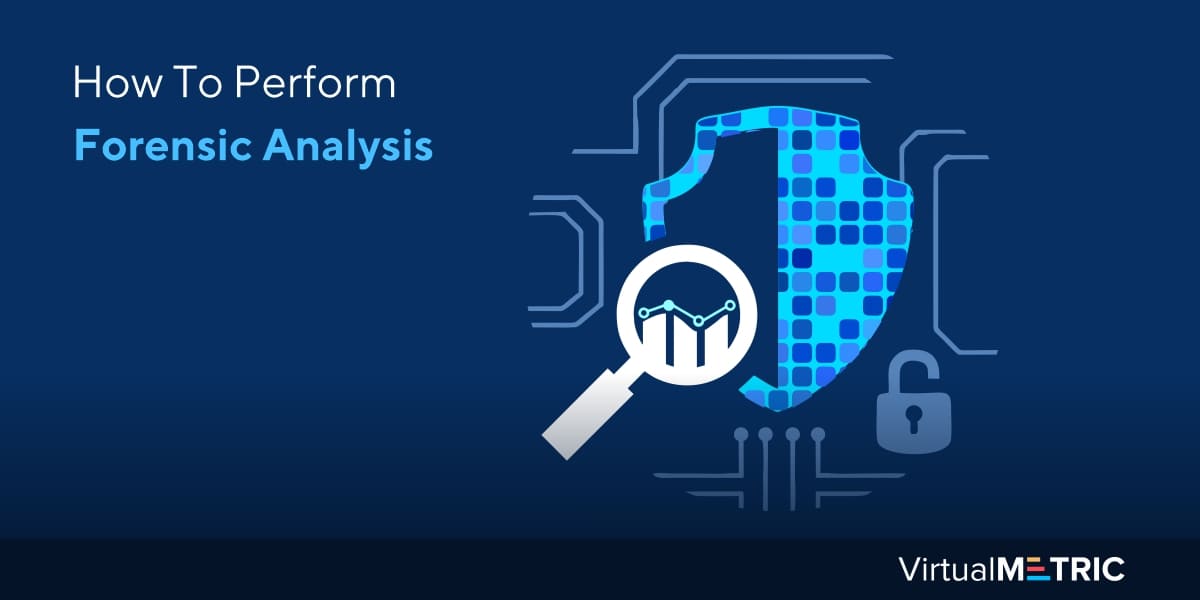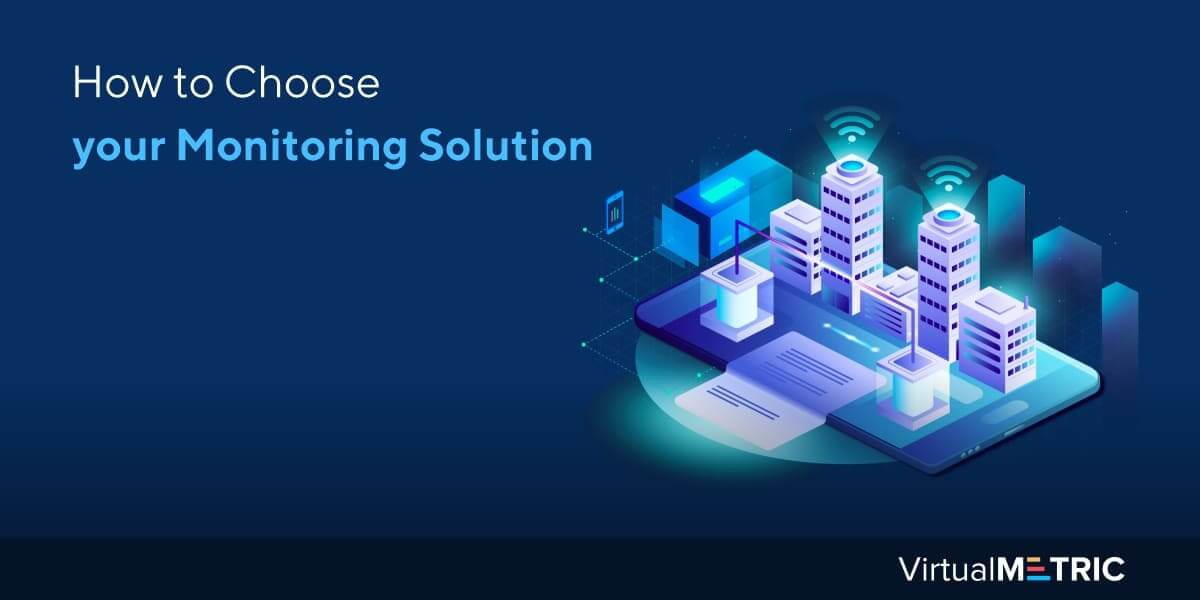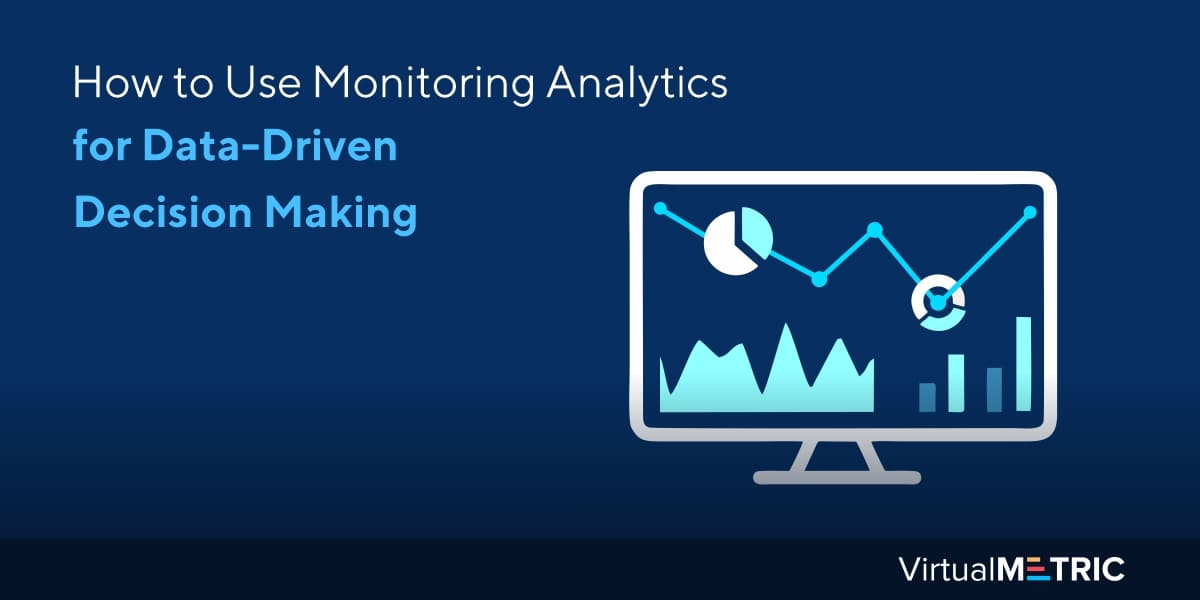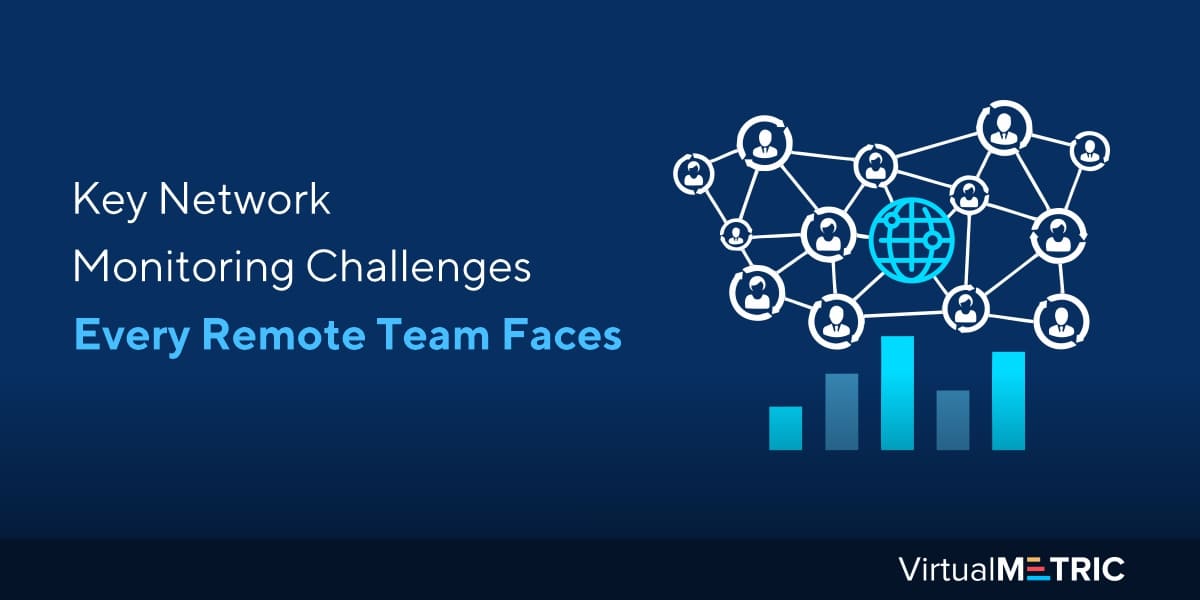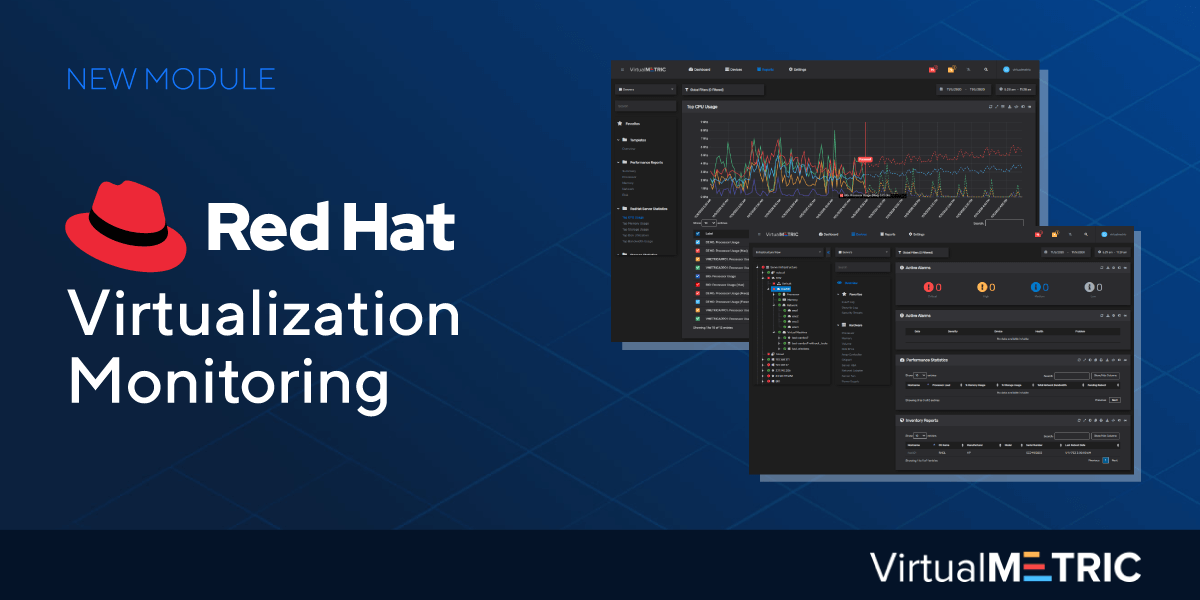Monitoring your infrastructure is crucial for your applications, workloads and business as a whole. As a company, VirtualMetric believes that our solutions need to constantly evolve and follow your needs. Now we are happy to present the latest addition to your monitoring suite – Red Hat Virtualization Monitoring. Get advantage of agentless RHEV monitoring and tracking for your Red Hat virtual infrastructures. We guarantee complete visibility over the RHEV hypervisor and RHEV guest VMs to improve the real-time performance of the mission-critical services in the RHEV cluster.
What is Red Hat Virtualization?
Red Hat Virtualization (RHEV) is an enterprise virtualization platform supporting key virtualization workloads including resource-intensive and mission-critical applications, built on Red Hat Enterprise Linux, KVM and fully supported by Red Hat. The platform is a stable foundation allowing you to virtualize resources, applications and processes and strep into the cloud-native future. As an enterprise-class virtualization platform, RHEV comes with the promises for achieving performance, resilience and security. It supports enterprise virtualization based on over 10 years of innovation with KVM and oVirt. Moreover, the Red Hat Virtualization comes with the promise of a wide range of features like scalability, security, and a wide compatibility list with cloud software stacks. According to Red Hat itself, their virtualization is the ultimate way to virtualize your data center more efficiently thanks to the following advantages:

